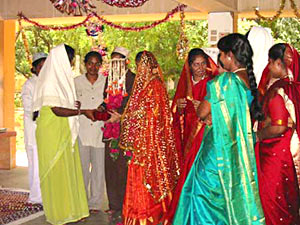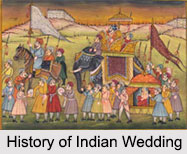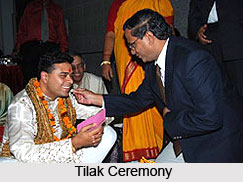 Post-Wedding rituals followed in Muslim Nikah are similar to other Indian weddings. However, the customs are followed under different names and some cultural variations can be observed.
Post-Wedding rituals followed in Muslim Nikah are similar to other Indian weddings. However, the customs are followed under different names and some cultural variations can be observed.
Ruksat: The bride`s family bids her a farewell before she departs for her husband`s house. The bride`s father gives her hand to her husband and tells him to take protect and take good care of her.
Welcoming the Bride: At the groom`s house, the groom`s mother holds the Islamic Holy book Quran above the head of her newly wed daughter-in-law as she enters her new home for the first time.
Chauthi: The Chauthi is the fourth day after the wedding. It is customary for the bride to visit the home of her parents on this day.
Valimah: The Valimah is the lavish reception that the groom`s family hosts after the Nikaah. It is a joyous occasion that brings together the two families, their relatives and friends.
More on Muslim Wedding Rituals
| Pre-Wedding Ceremony in Islam | Main Wedding Ceremony in Islam | Post Wedding Rituals of Islam |
| Wedding Music | Wedding Songs | Traditional Indian Wedding Dresses |
| Bridal Jewelry | Bridal Make Up |
| Sikh Wedding | Buddhist Wedding | Christian Wedding Rituals |
| Sindhi Wedding | Jain Wedding | Hindu Wedding Rituals |
| Parsi Wedding | Jewish Wedding | Muslim Wedding Rituals |
| Prajapatya Marriage | Gandharva Marriage | Asura Marriage |
| Rakshacha Marriage | Paishacha Marriage | Arsha Marriage |
| Daiva Marriage | Brahma Marriage |



















